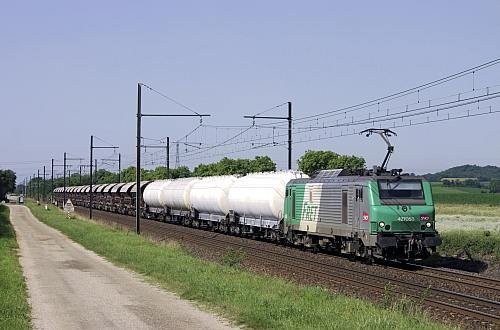The auditors reviewed the performance of EU rail freight since 2000 and visited the Czech Republic, Germany, Spain, France and Poland between mid-2014 and mid-2015.
The auditors found rail's overall performance "remains unsatisfactory" with the average speed of freight trains very low and averaging only around 18km/h on many international routes. They also discovered that many shippers prefer road transport to rail. However, the auditors did note that some countries, such as Austria, Germany and Sweden, have managed to achieve better results than the EU as a whole.
"A single European railway area is still a long way from being achieved," the auditors say. "The EU rail network by and large remains a system of separate national networks, with various national authorities and very different rules governing path allocation, management and pricing.
"Traffic management procedures are not adapted to the needs of rail freight, even within rail freight corridors: freight trains are charged for every kilometre of rail infrastructure they use. This is not always the case for road transport."
The auditors discovered that in three of the countries they visited, more EU funds were allocated to road than rail between 2007 and 2013 and when EU funds were allocated to rail they were not primarily used to target the needs of rail freight.
"If the issues identified in our report are not addressed then extra funding will not resolve the problem by itself," Mr Ladislav Balko, the Court of Auditors member responsible for the report, says. "The Commission and the member states need to help train and track managers improve rail freight's reliability, frequency, flexibility, customer focus, transport time and price."
The Court of Auditors says the first priority is to improve the strategic and regulatory framework for rail freight. It urges the European Commission (EC) and the member states to address the weaknesses observed in rail freight market liberalisation; traffic management procedures; administrative and technical constraints; monitoring and transparency of rail freight performance; and fair competition between transport modes. Secondly, the Court calls for more effective use to be made of available EU funds in targeting rail freight needs. It wants the EC and the member states to adopt a consistent approach between policy objectives and fund allocation, with a focus on rail freight corridors, and to improve the selection, planning and management of projects as well as the maintenance of the rail network.

